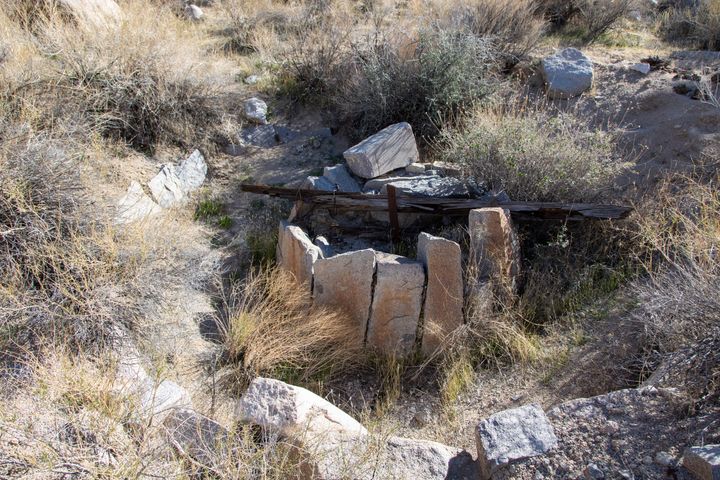One summer a few years ago, we explored the Ponderosa pine forests of northern Arizona. One of the spots we visited was Law’s Spring. It was an old campsite along the historic Beale Wagon Road.
History
The Beale Road was born from a need to travel over the newly won territory from Mexico after the Mexican-American War (1848) and the Treaty of Guadalupe Hidalgo. In 1857, President Buchanan and the US Congress commissioned Navy Lt. Edward Beale to find a route from Ft. Smith, Arkansas, to the Colorado River (in what would become Arizona). Beale brought in twenty-five camels from the Camel Corps (imported from Tunis in Africa) to trek across the desert. The animals were well-suited to the dry climate, but rocks injured their feet, and muleskinners (mule wranglers) generally found them smelly, ugly, and ill-tempered.



